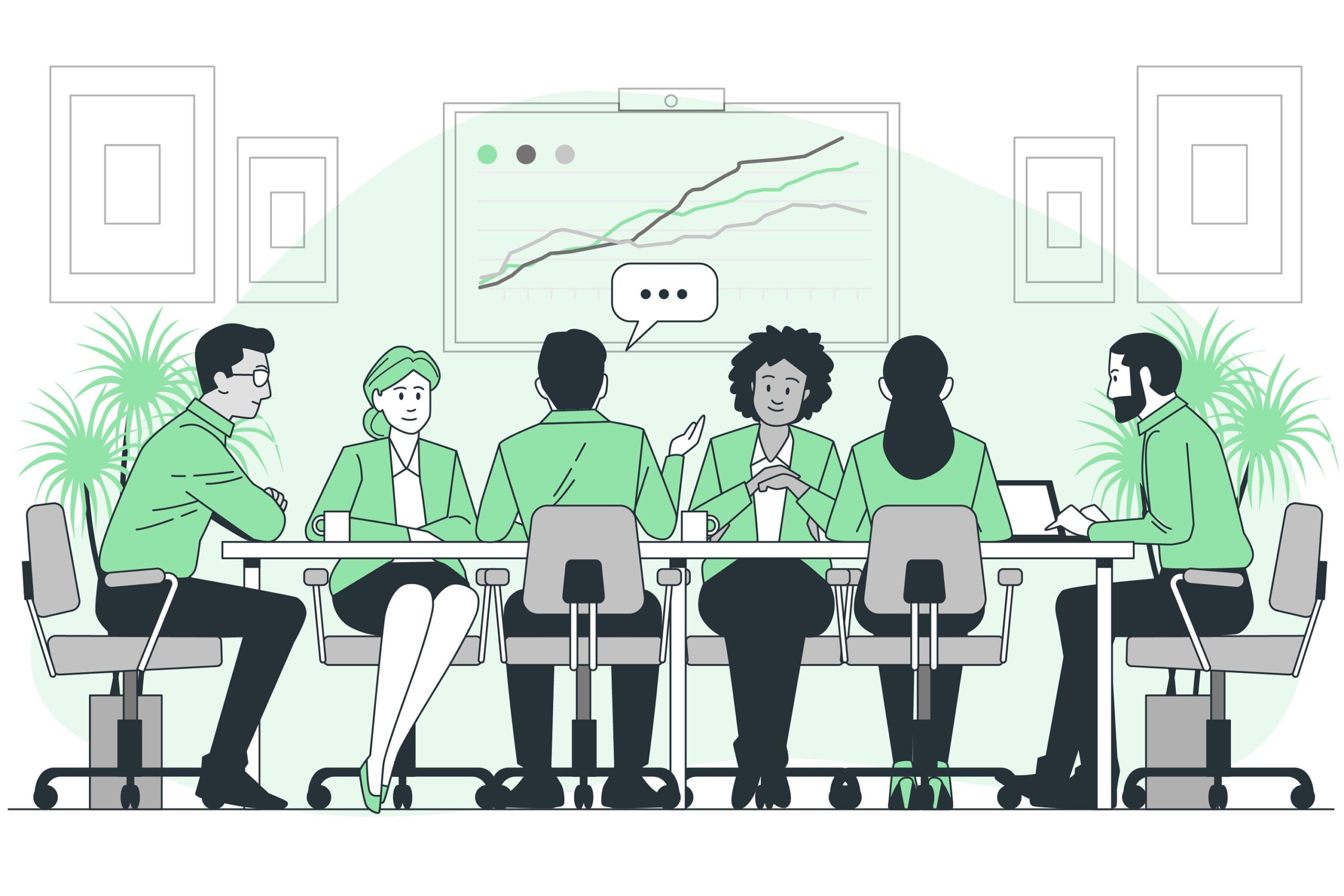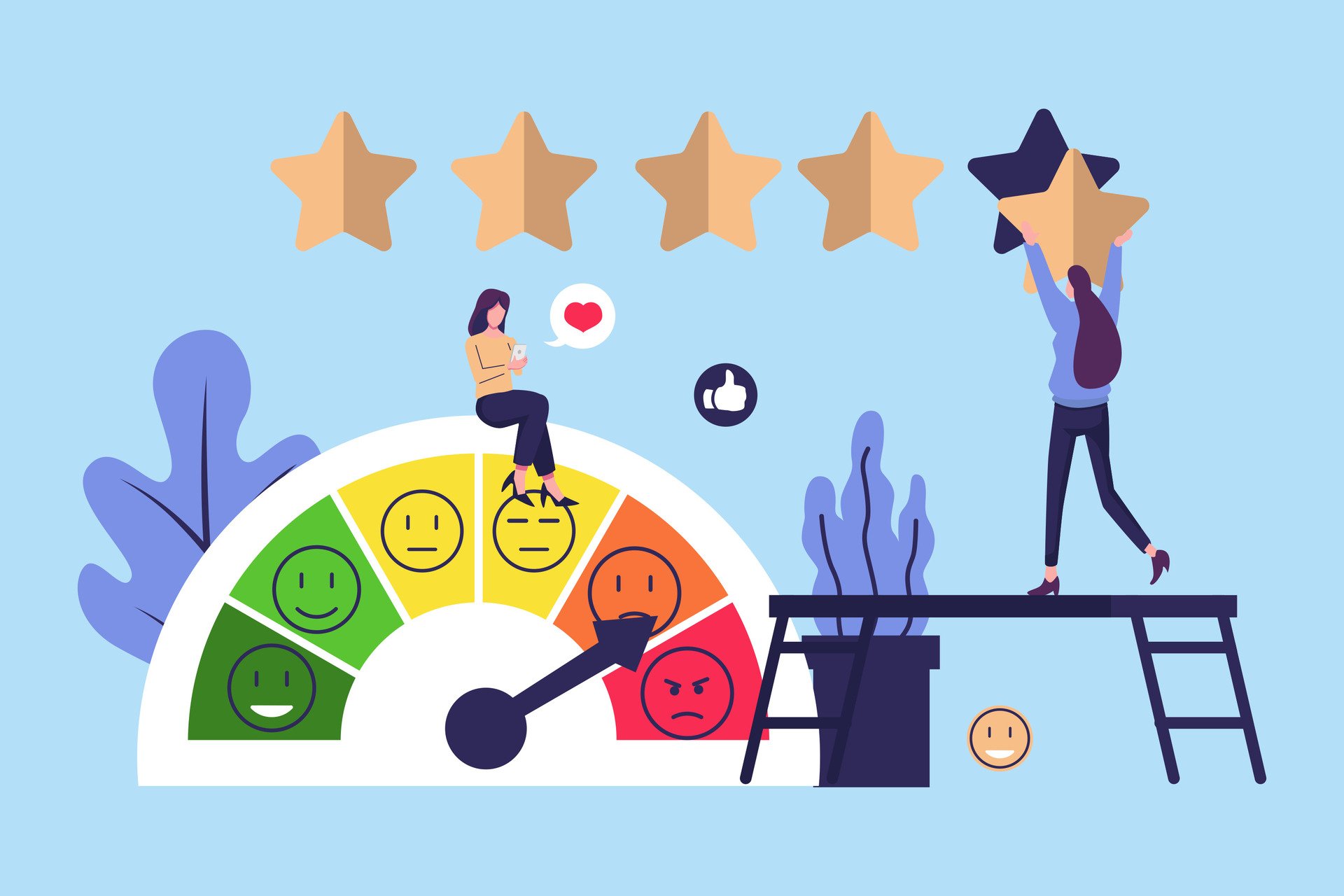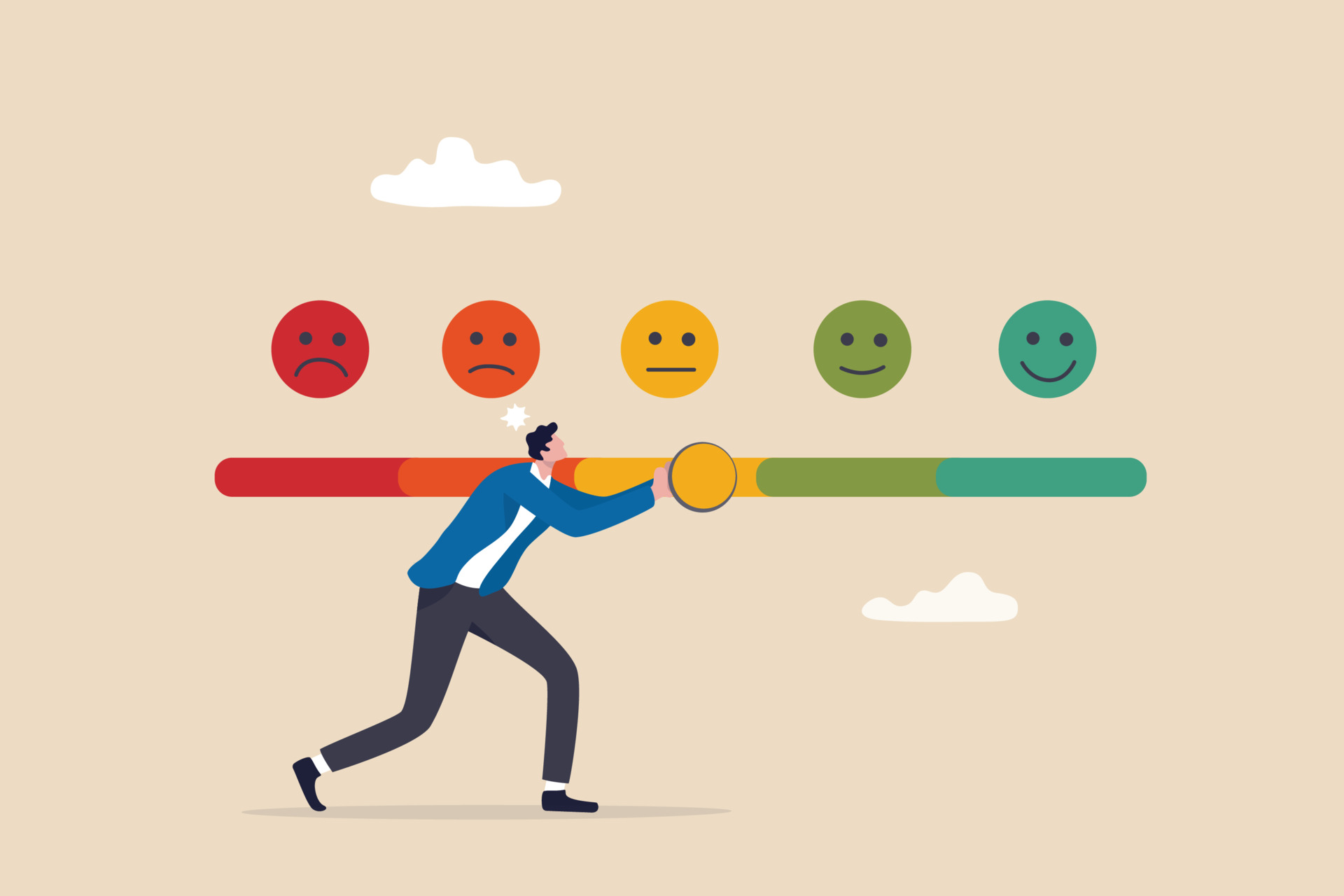Do you find that you’re constantly facing fix distractions at work?
There are some days I think to myself “there’s just not enough time in my day.” The thought is then quickly debunked by the fact that I have literally 16 hours of perfectly good functioning time every single day.
Or other times, I realize hours have passed and I’ve gotten absolutely nothing substantial done. How do we manage to waste so much time and still feel exhausted by “work”?
You can thank Inc magazine for this pretty scary statistic: we’re actually only productive 3 out of the 8 hours we spend at our desks. If you take a long, hard look, you’ll see you get much more distracted than you think. People today are spending more time on social media than eating, drinking, and socializing (for real) combined. Imagine if you allocated even half that time to something, like a side project, that you’ve always wanted to do. You’d have finished it months ago, most likely.
This has been one of the biggest issues I’ve had to tackle as a remote worker. Here are the best ways that I’ve found to help me combat my distractions at work and get focused.

1. Figure out where your time is going
It’s funny because we all know exactly what to do in order to have a productive and successful day. We just don’t. It’s hard to understand because getting distracted is such a subconscious act. The best way to approach this is to take an objective look at where your time is going. You can use a website tracker, like RescueTime, to see how much time you’re spending on which websites. Another trick – if you do some creative work offline – is to track, just on a tally sheet, how many times you look at social media or check your email per hour. The results may surprise you and give you a clear view of what you need to adjust.
2. Make it harder to get to your fix distractions at work
Take a note from product designers with this one. Productivity expert David Kadavy recently wrote that replacing a distraction with a habit you want to do on your smartphone or desktop is a great way to “hijack” your brain into doing something more productive. For example, move your digital notepad app for writing down ideas to where your Instagram app normally is. This is a great way to break the cycle of constantly going back to a distracting habit. Hide the apps and websites you use the most. Erase your cache so you have to log in to get to the distraction. Using little “roadblocks” like this can go a long way into breaking subconscious habits.
3. Schedule time to be affected by fix distractions at work but in a productive way
Just because something is a distraction from 9 to 5 doesn’t mean you need to quit cold turkey. Switch it around: use that distraction as a reward for staying focused. If you work in “blocks” (like 25 minutes of work/5 minutes of rest as per the Pomodoro method), you can allow yourself to check your social media accounts or catch up on messages from friends in that five-minute break. But only after steady work. This is mentally beneficial because you make your distractions work for you, so you can still be productive. You’re much more likely to want to stay focused if you know there’s a positive reward at the end. This way, your distractions at work won’t be stealing your attention every few minutes and then forcing you to refocus.

I’m still working on keeping this method consistent every day but it’s already helped save me plenty of time. I’m getting much more done than I thought I would ever have time for. It’s like a few extra hours have been added to my day and I don’t feel like I’ve had to disconnect from everything. Try it just for a one day and see what happens.




